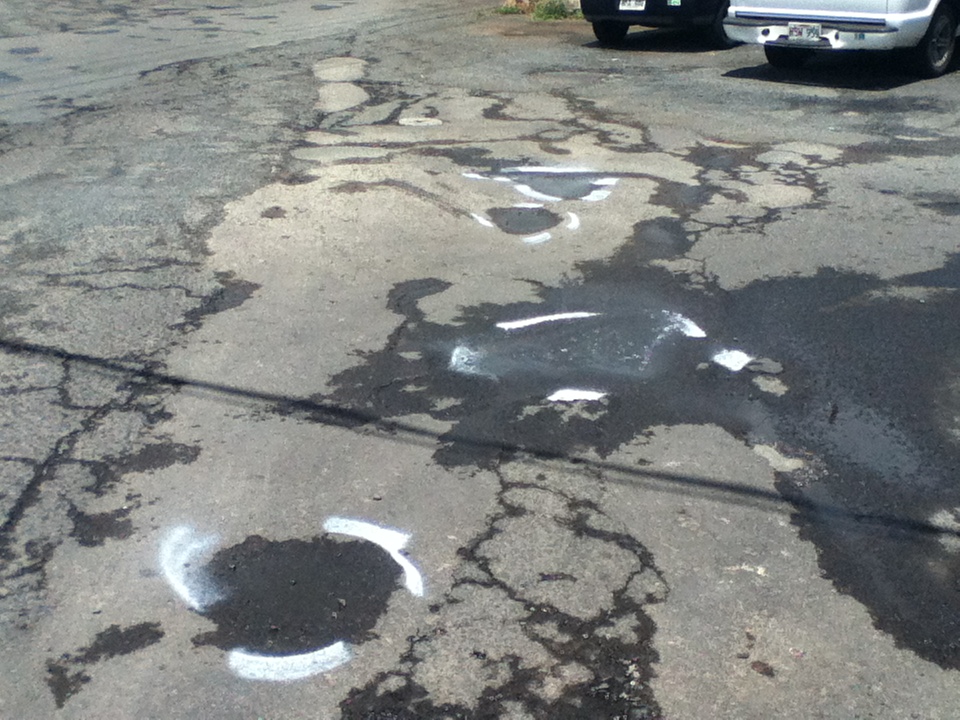 It’s easy to tell if your pavement is degrading, because it just simply doesn’t look as good as it used to. But do you know how far along your pavement is in its downward spiral? Today we’ll look at examples of pavement that are at different stages in the degradation process. We’ll tell you what to look out for and what should be done.
It’s easy to tell if your pavement is degrading, because it just simply doesn’t look as good as it used to. But do you know how far along your pavement is in its downward spiral? Today we’ll look at examples of pavement that are at different stages in the degradation process. We’ll tell you what to look out for and what should be done.
Your pavement’s color is brown and/or gray
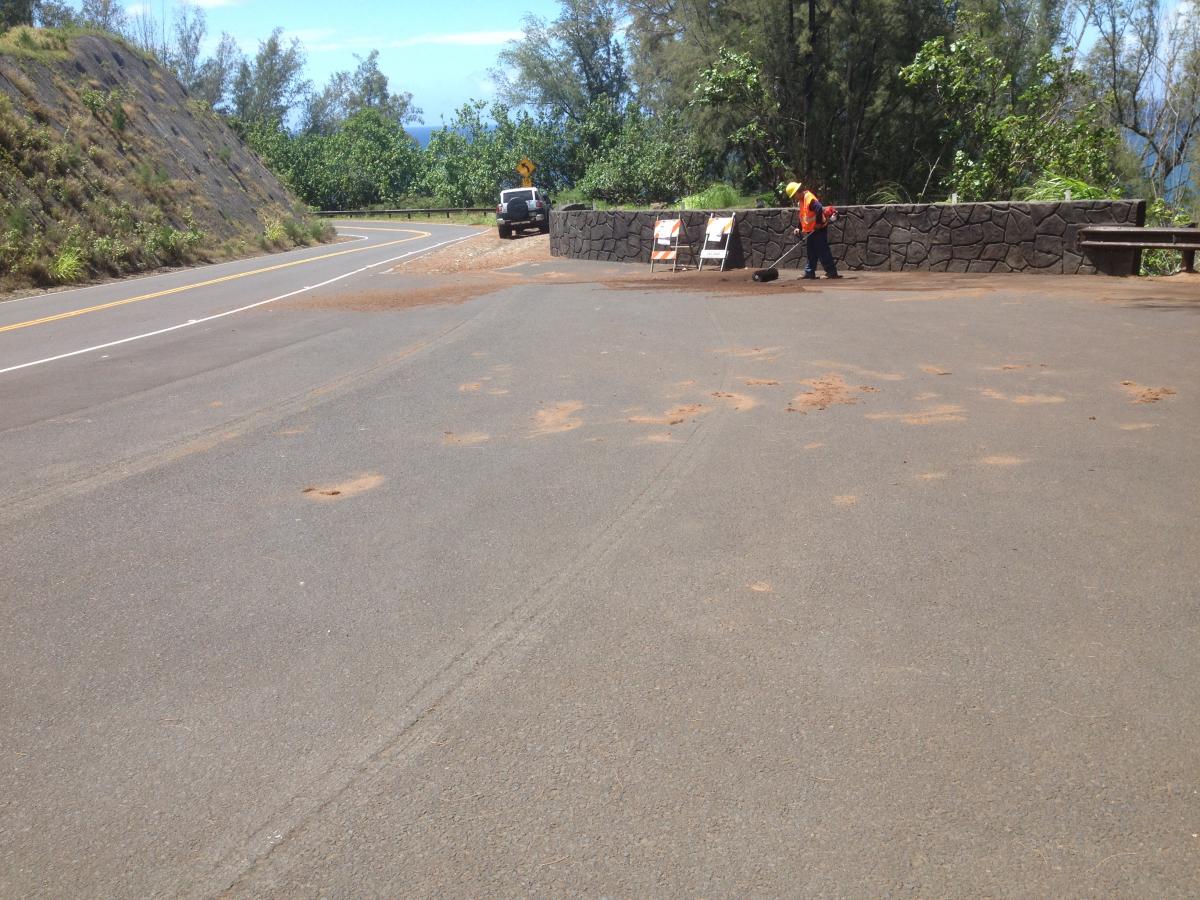
What you should do:
Now would be about the time you’d want to inquire about sealcoating. In a nutshell, think of your pavement like your skin, and a sealcoat like sunscreen. Just as sunscreen protects your skin from UV rays, a sealcoat will protect your pa
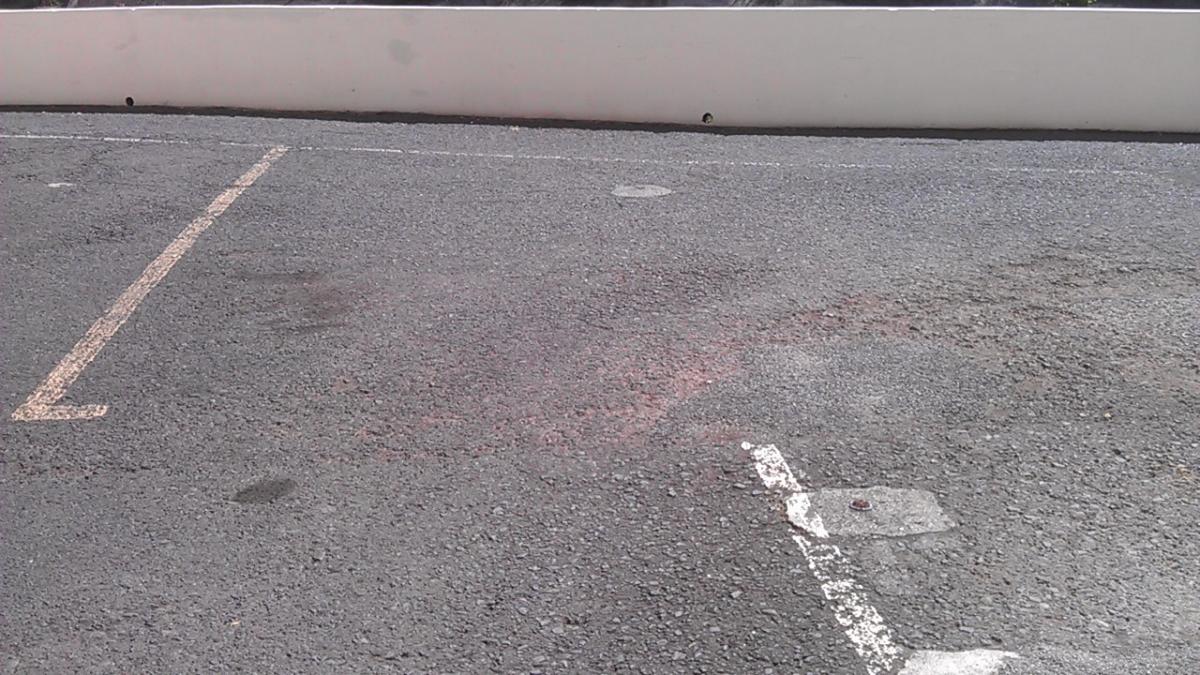
vement from oxidation (and keep the pavement looking brand new).
Raveling and a rough surface
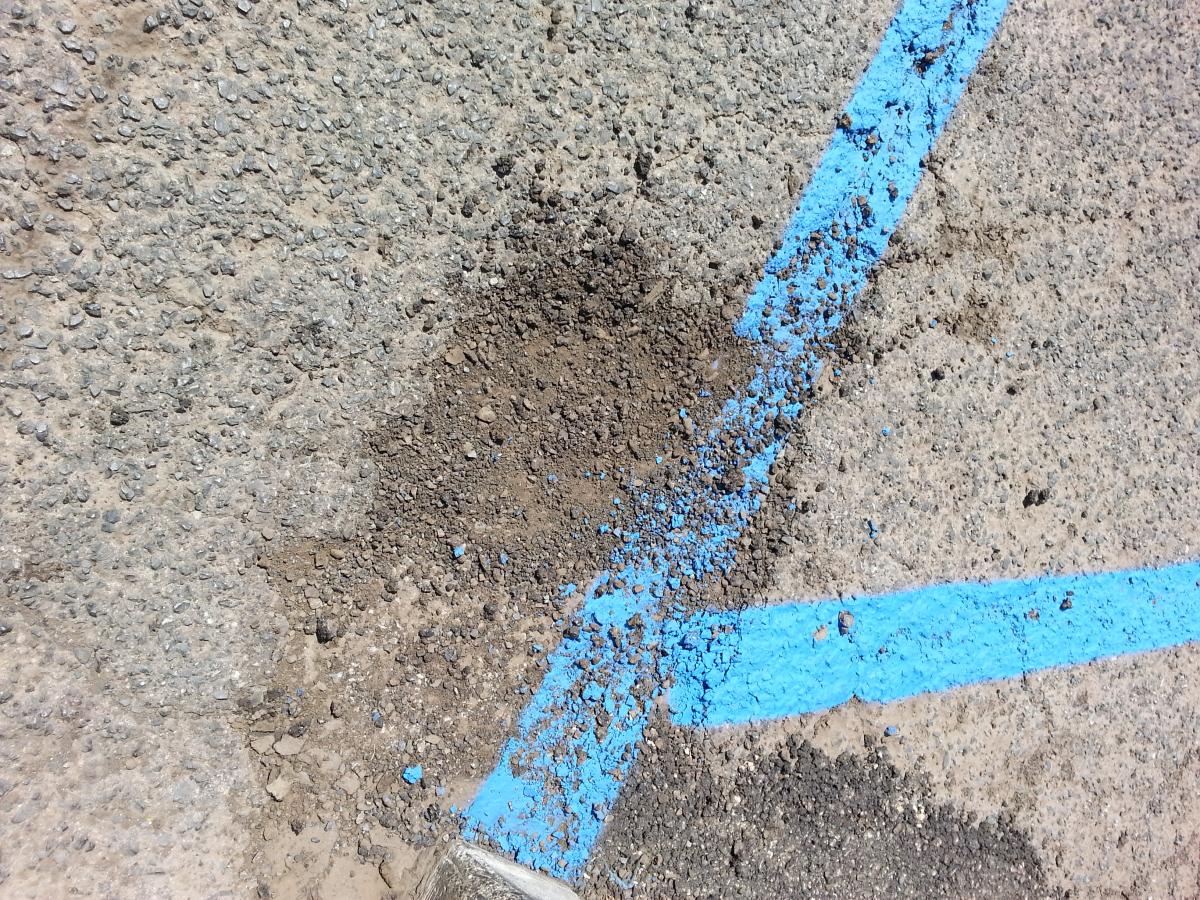 If you see a lot of loose gravel and/or sand in your parking lot, then the color of your pavement isn’t your only concern. This means that the binder in your pavement has broken down, and now the aggregates that make up your pavement (mostly gravel and sand) have come unglued. This leads to your surface becoming rough and dirty.
If you see a lot of loose gravel and/or sand in your parking lot, then the color of your pavement isn’t your only concern. This means that the binder in your pavement has broken down, and now the aggregates that make up your pavement (mostly gravel and sand) have come unglued. This leads to your surface becoming rough and dirty.
What you should do:
You should be sweeping/blowing your parking lot on a weekly basis. For starters, you want to keep your parking lot looking nice, so removing the loose aggregates is a start. But more importantly, you want to sweep your pavement so you can inspect it. Loose gravel is an indication of worse things to come, so you want to keep an eye on your pavement to see if any cracks and potholes are developing.
You should also inquire about sealcoating, to prevent further oxidation from occurring.
Cracks in pavement
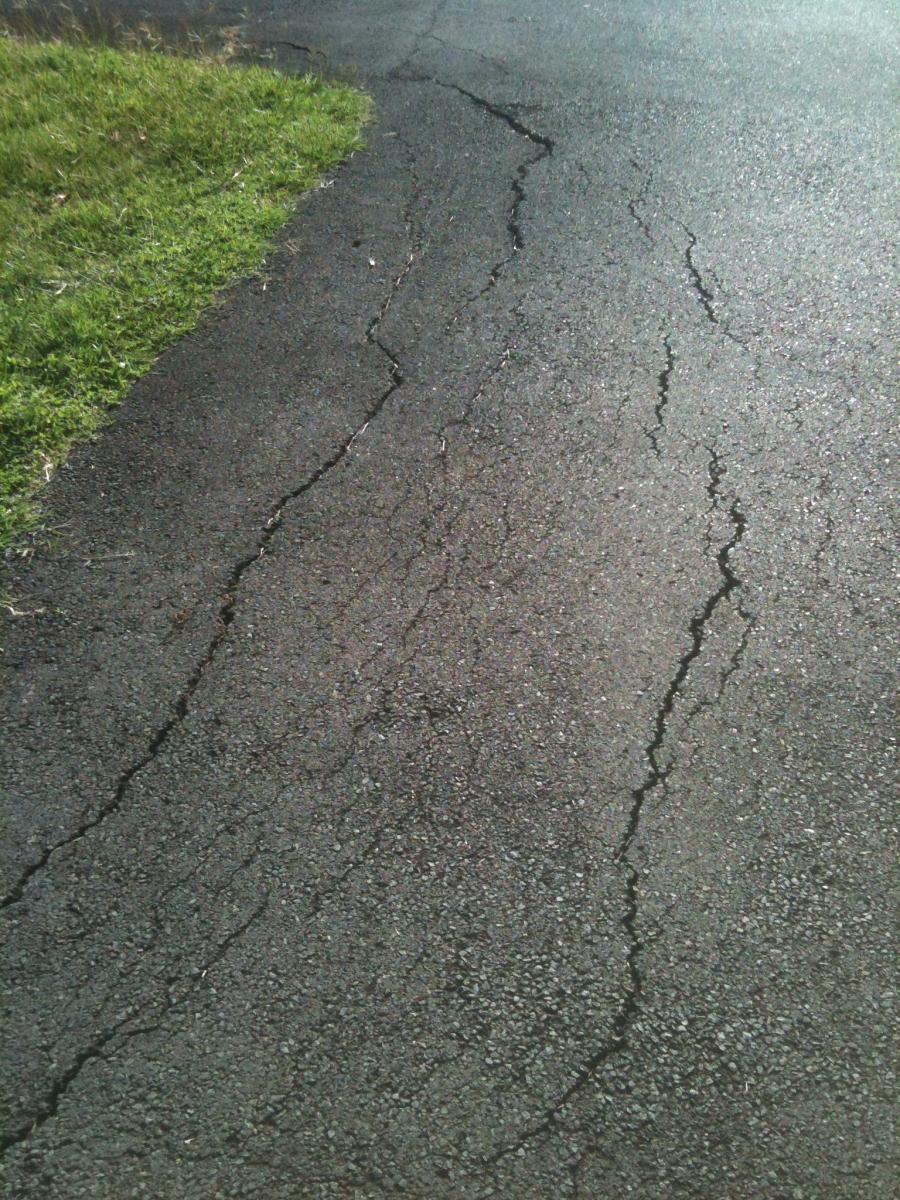
What you should do:
You’ve got to fill those cracks! Filling cracks will prevent water from seeping in and causing more harm. Once cracks are filled, you can then think about sealcoating the rest of your pavement.
If a crack is wider than ¾ of an inch, you’ve got a mini-pothole. In these cases, a simple crack fill won’t do and you’d need to treat the crack as a pothole (see pothole section).
Alligator Cracks
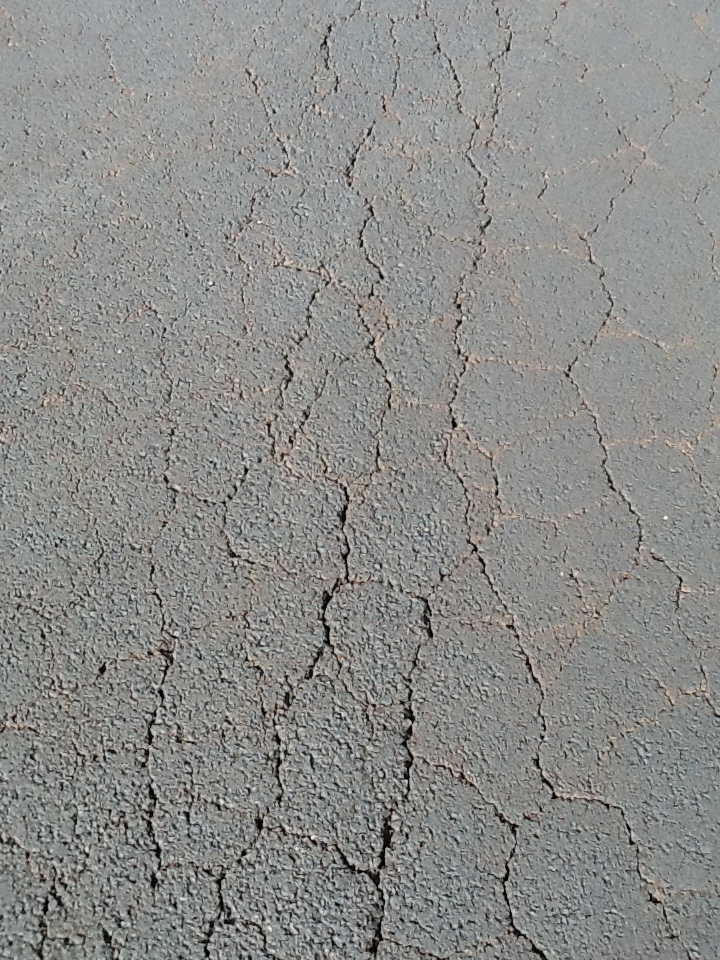
What you should do:
Your pavement is now past the point of crack filling because it’s a base issue. Filling the crack won’t fix the damaged base. In most cases, we’d recommend digging out the alligator cracks, re-compact the base, and then pave.
As you can see, as you let your pavement degrade further and further, it takes much more work (and money) to fix.
Potholes
 If you’ve ignored the alligator cracks, then it wont’ be long until you’ve got a fair share of potholes. We don’t need to go into detail about what a pain potholes are.
If you’ve ignored the alligator cracks, then it wont’ be long until you’ve got a fair share of potholes. We don’t need to go into detail about what a pain potholes are.
What you should do:
As with the alligator cracks; ideally you’d want to dig the pothole out and repave.
For those with limited resources, there are “pothole patches” available. Yes, you can buy off the shelf products from retail stores, but there’s a reason why those products are so cheap. In our (biased) opinion, Instant Road Repair is the best pothole repair product. All you need is a broom and shovel, and you can fix the pothole yourself. No curing time is required, and you can immediately begin to drive over the area after installation. Instant Road Repair could also be used as a solution to alligator cracks if you’re on a tight budget.
Once you’ve fixed your potholes, hopefully you’re now ready to seriously consider sealcoating your pavement and getting on a pavement maintenance plan.
If your pavement looks similar to any of the photos shown above, it’s probably time you start inquiring about sealcoating your pavement. By sealing your pavement before issues arise, you’ll save yourself a lot of hassle and money on additional pavement repairs. If not, your pavement will only get worse without proper attention. If you let it go too long, your only option will be repaving, and that would be a much more costly adventure.
